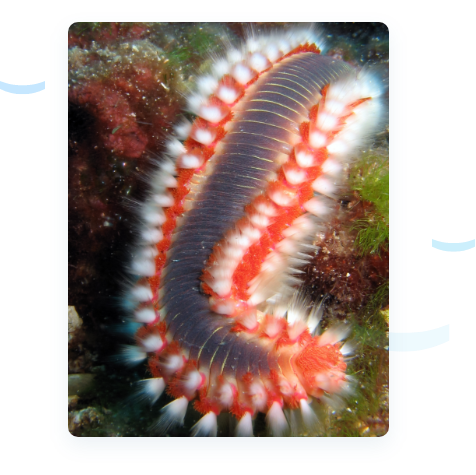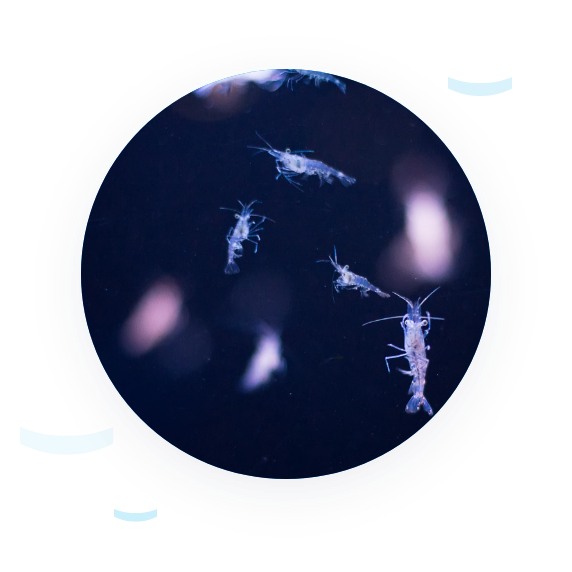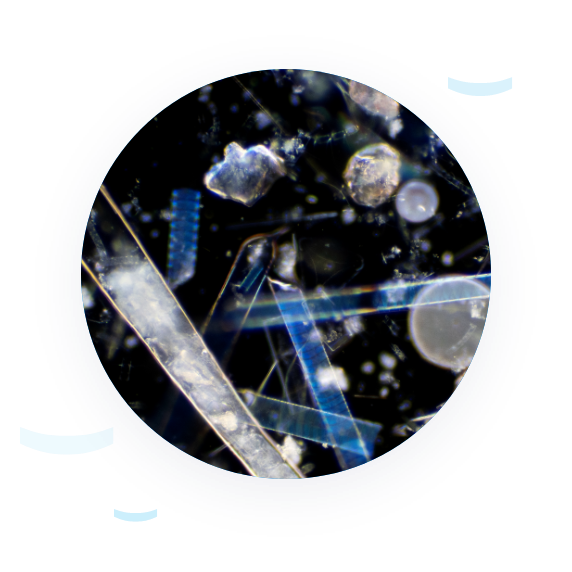A long-term omics observatory of marine biodiversity
Launched in summer 2021, EMBRC’s new project, European Marine Omics Biodiversity Observation Network (EMO BON), aims to enhance the European contribution to global genomic observation efforts. As such, EMO BON will fill current gaps in biological observation, while offering insights into the genetic composition of marine biodiversity.
Its primary aim? To ensure steady, continuous generation of ‘baseline’ data on biodiversity at EMBRC sites following FAIR (Findable, Accessible, Interoperable, and Reusable) data principles. EMO BON will ultimately provide Europe with a means to monitor and understand its marine biodiversity. This in turn will facilitate the development of new products and services for society.

Why EMO BON?
Marine ecosystems are rich and complex, hosting a diverse array of life, from the smallest microorganisms to the largest mammals. Animal, plant, and human health depend on the health of this marine biodiversity. However, climate change and marine pollution represent significant dangers in this regard, as acknowledged by recent European and international policies.
The European Green Deal and European Biodiversity Strategy as well as the United Nations Decade of Ocean Science for Sustainable Development aim to restore ocean health and mitigate climate change. To support these policies, consistent, high-quality data on marine biodiversity, derived through omics approaches, are required. Yet, there are current gaps in data collection, particularly in Europe. There is where EMO BON steps in!

EMBRC: a natural ally for marine omics biodiversity observation
One of EMBRC’s principal activities is the provision of access to all forms of marine biodiversity for research and innovation purposes. Several EMBRC marine stations, some of which are the oldest in Europe, run long-term observations, host biodiversity monitoring activities, and conduct research.
Through EMO BON, EMBRC will support individual observatories and connect them in one, centrally-coordinated network. EMBRC will broaden the network by supporting the creation of new observatory stations along European coasts. EMO BON stations will be encouraged to provide ‘holistic information’ on biodiversity composition.
EMBRC will collaborate with other relevant initiatives worldwide to ensure that EMO BON complements global genomic observation efforts. In this way, EMBRC seeks to contribute to start filling the void in biological observation, in regard to physical and chemical observations, in Europe.

Participating stations and sampling
EMO BON collects samples from the water column, soft substrates, and hard substrates, aiming to allow researchers to deeply explore marine diversity in different habitats. It will be based around a network of 16 sites from Northern Norway to the tropical Red Sea in Israel (see map of EMO BON operational observatory stations below).
Standard operating procedures (SOPs) have been developed with the participating EMBRC partners and can be found in the EMO BON Handbook. This document also outlines the necessary metadata to collect, as well as labelling protocols for all the observatory samples.
Samples are collected at the participating observatories every two months and processed according to the SOPs. Four replicas are collected, two for immediate use, and two are biobanked for future exploration. Samples are collected centrally in Paris every four months and shipped for DNA extraction and sequencing at a centralised facility. After quality control, the data will be published in an open-access format, and deposited in the relevant databases according to FAIR principles.











